Introduction:
For serious collectors of Japanese antique ceramics, this 14th-century Mino ware bowl represents a rare and historically rich artifact. Featuring the elegant shira-shi (white porcelain) glaze and a traditional Kasugai staple repair, it captures both the refined aesthetics and timeworn resilience of medieval Japanese pottery.
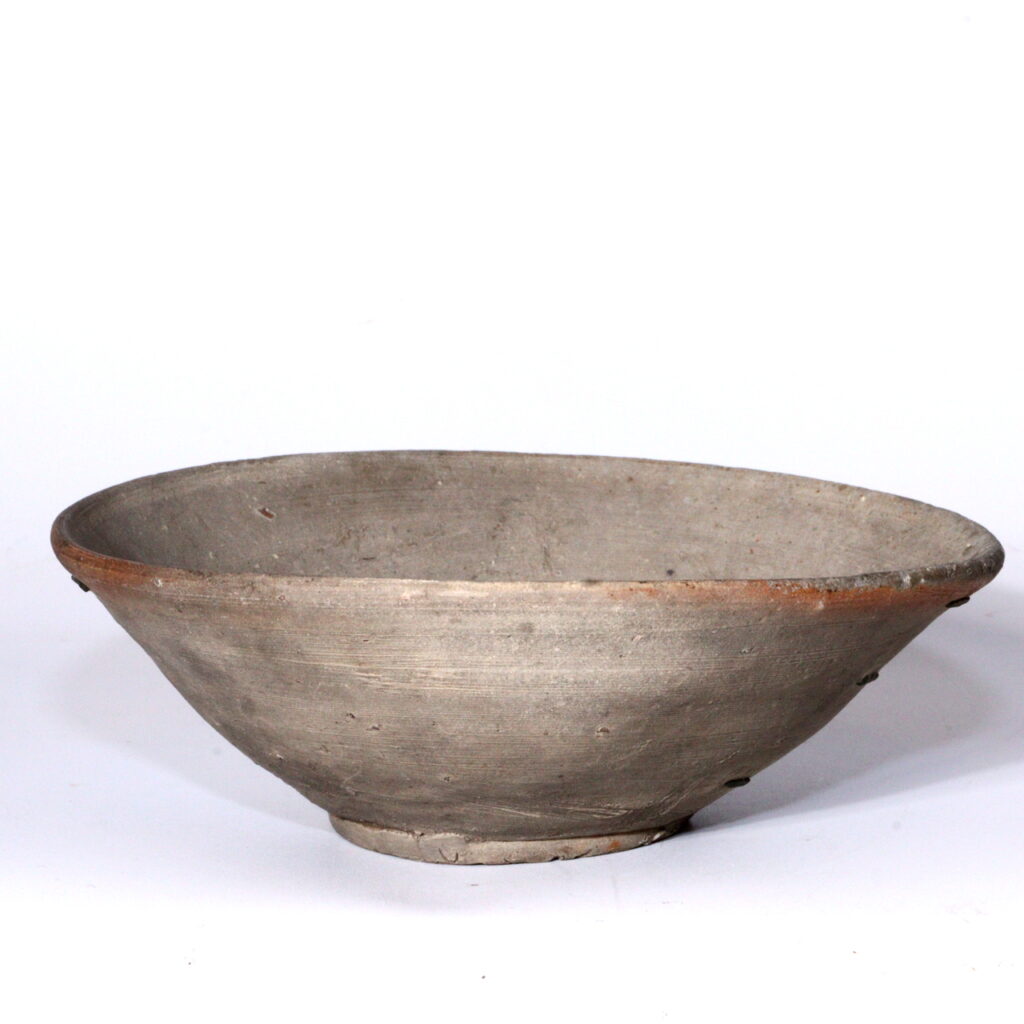
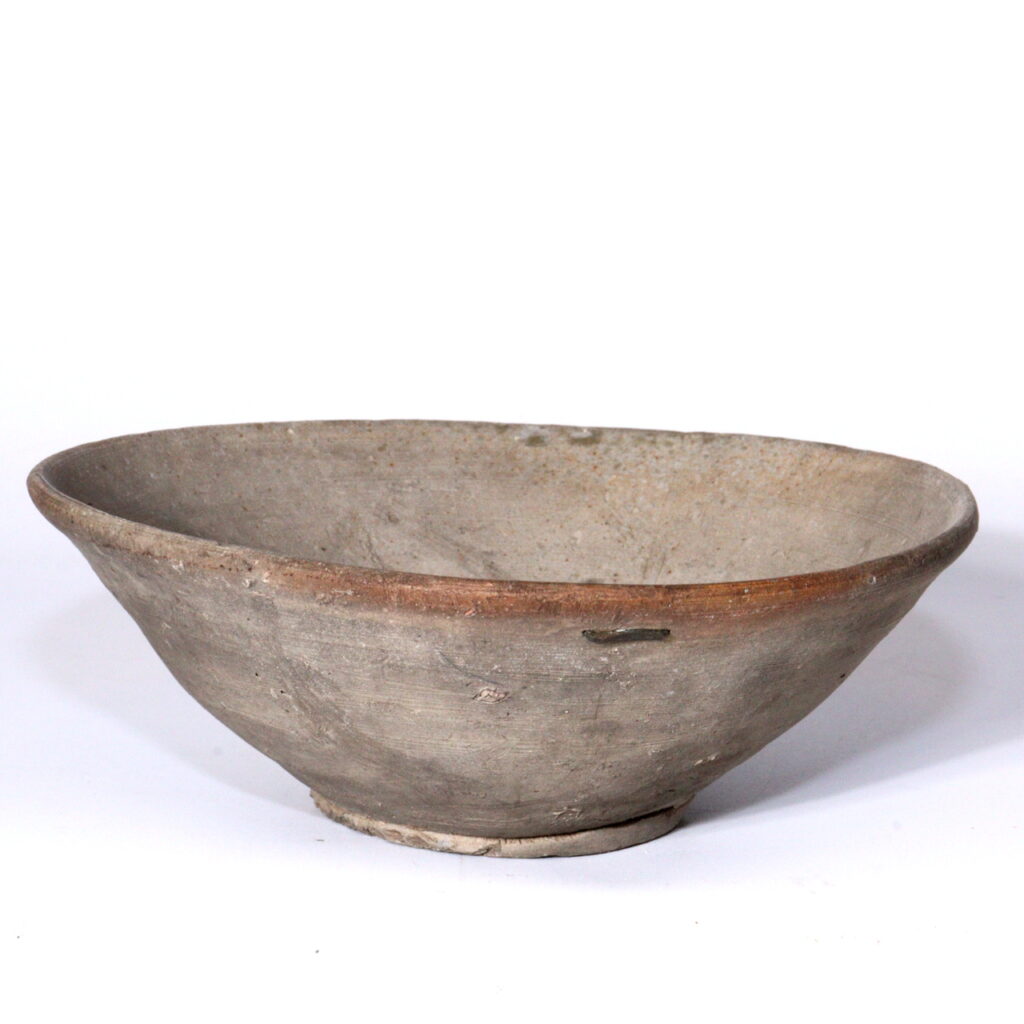
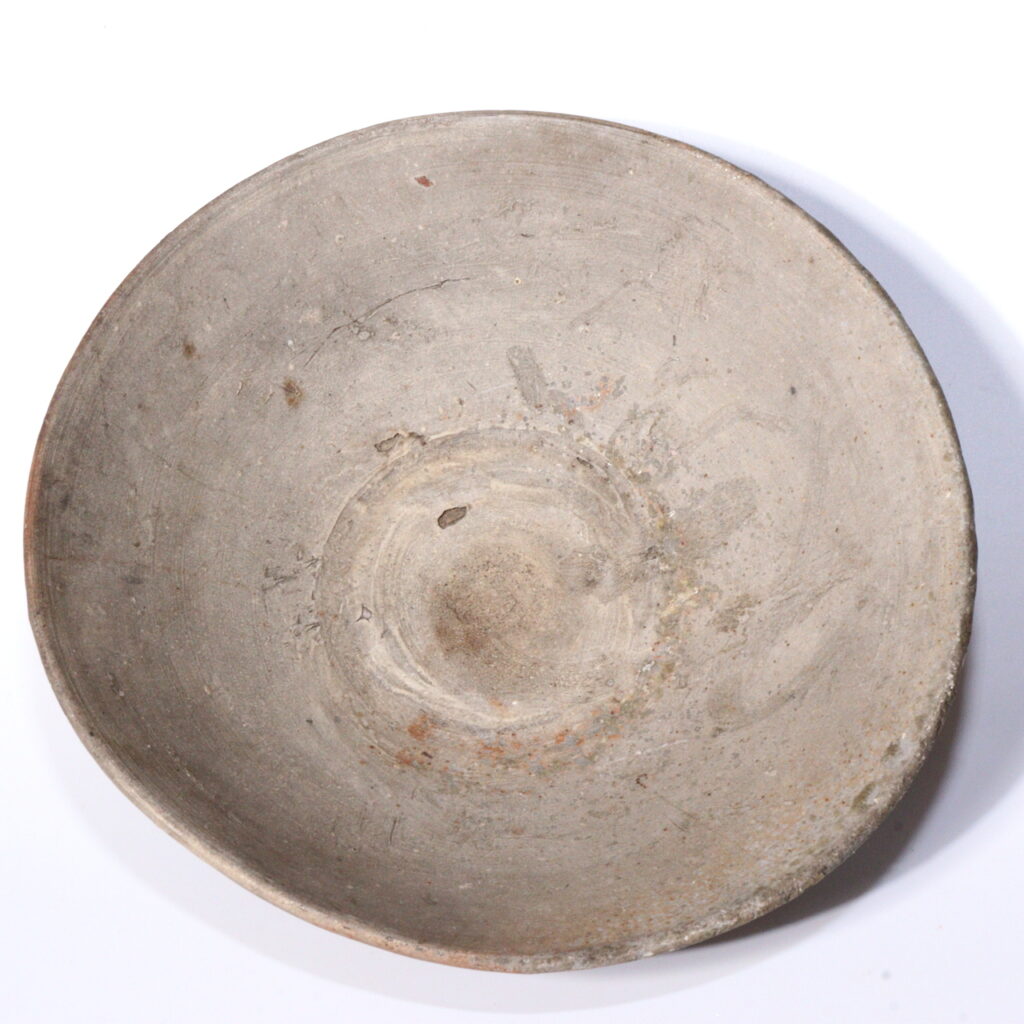
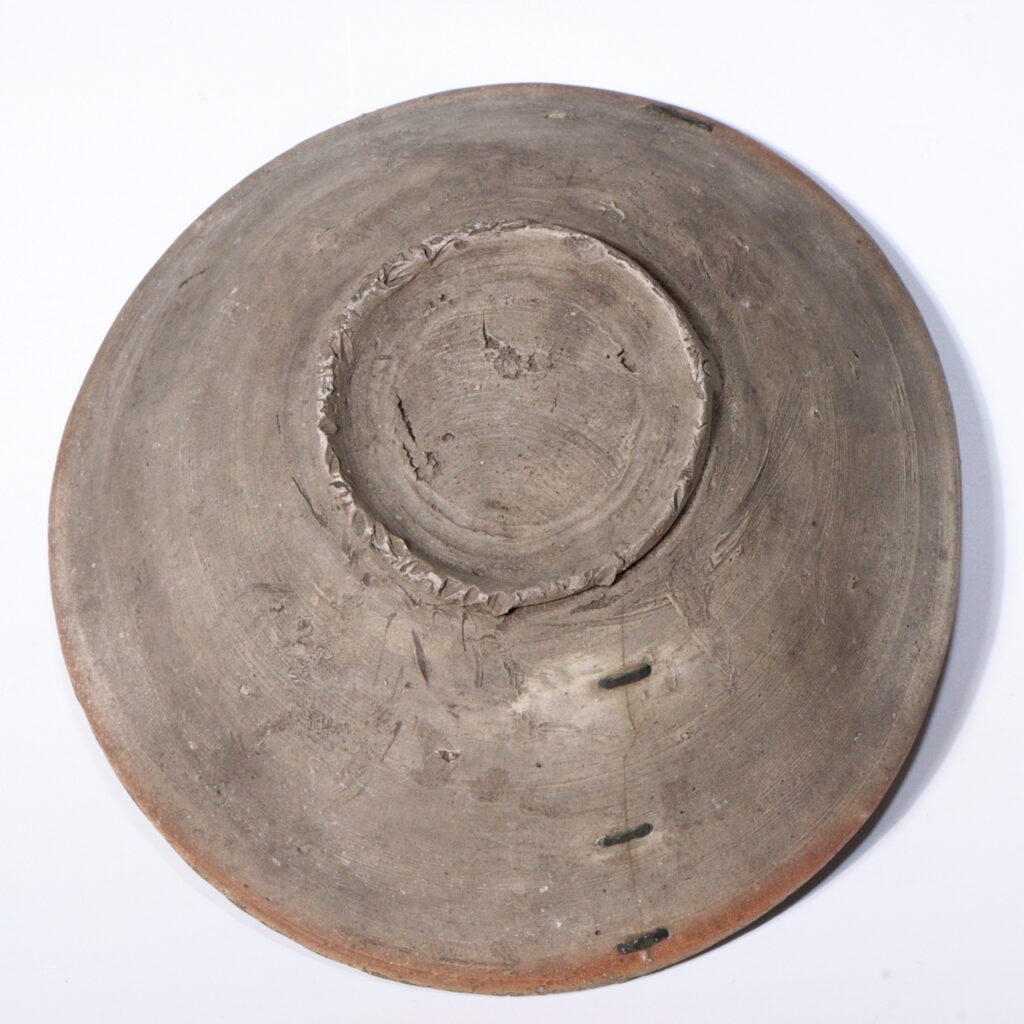
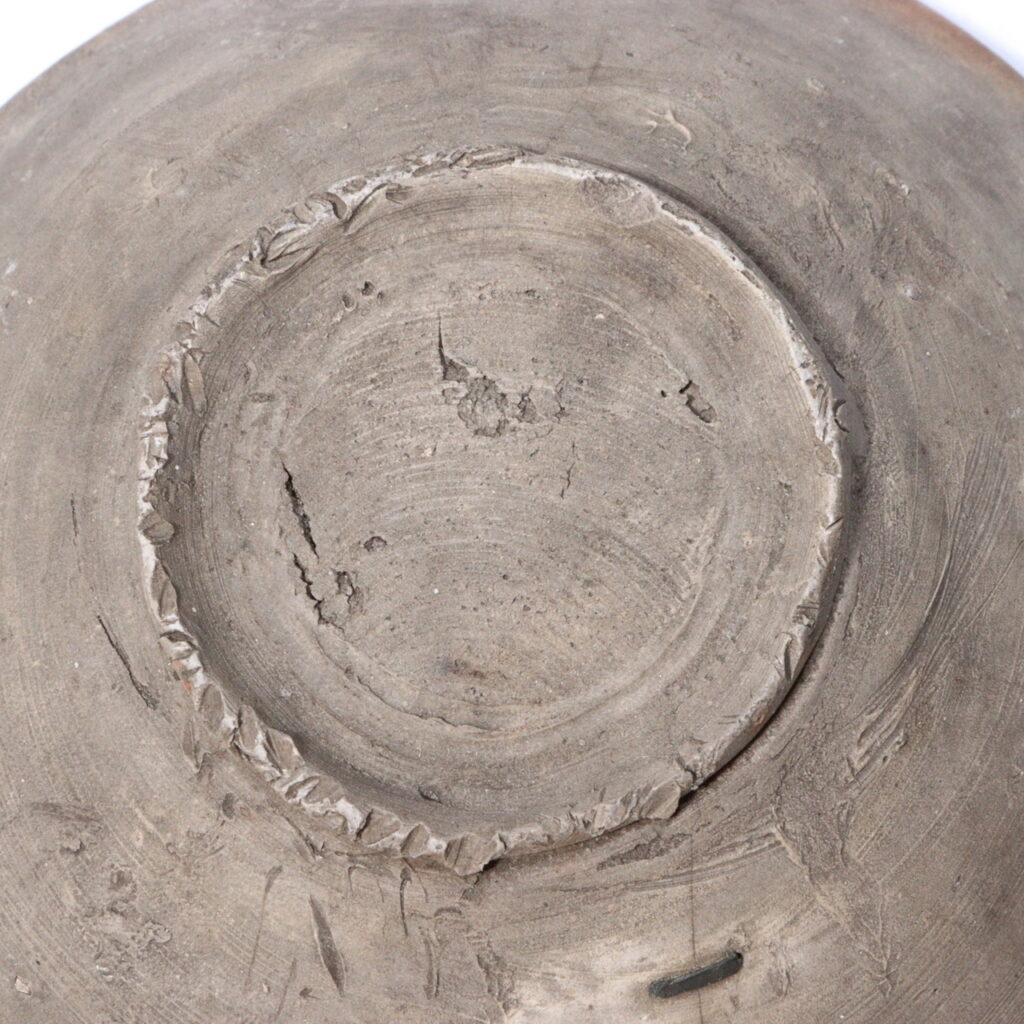
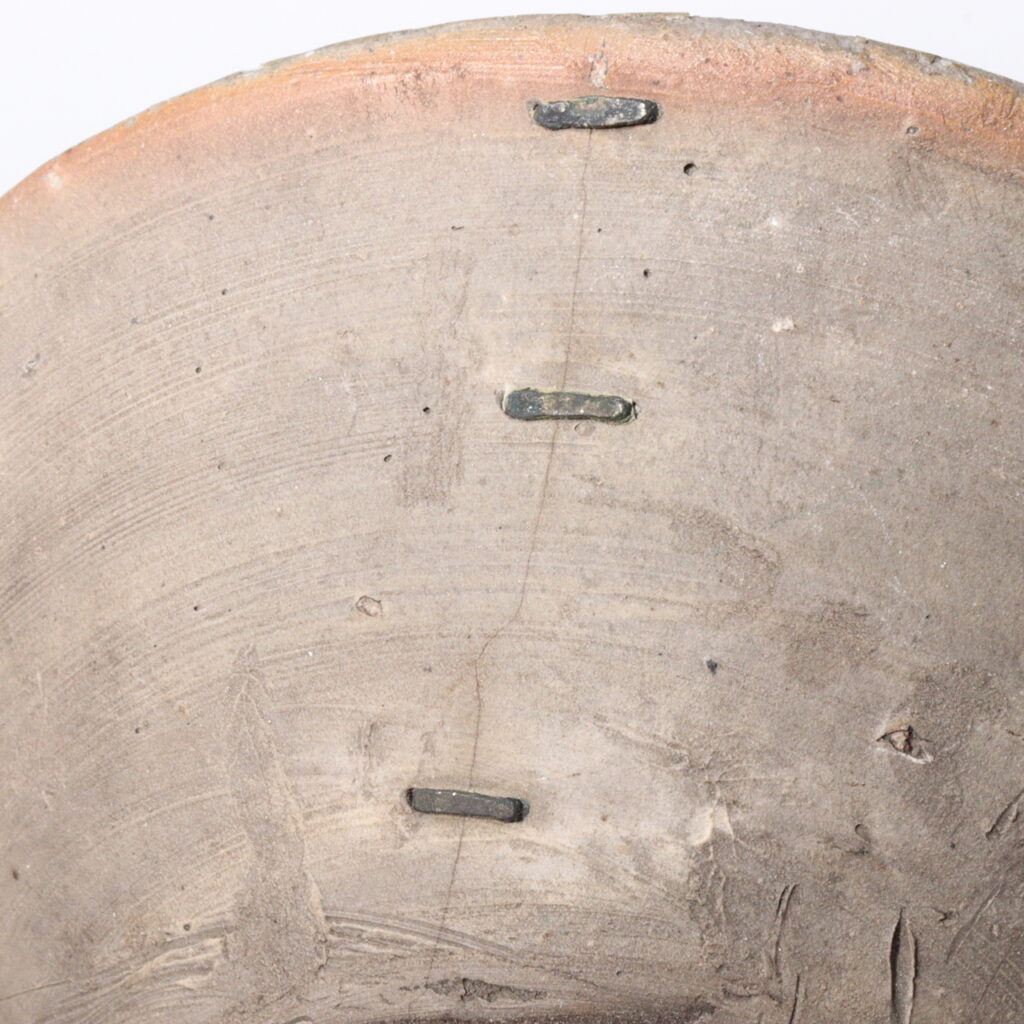

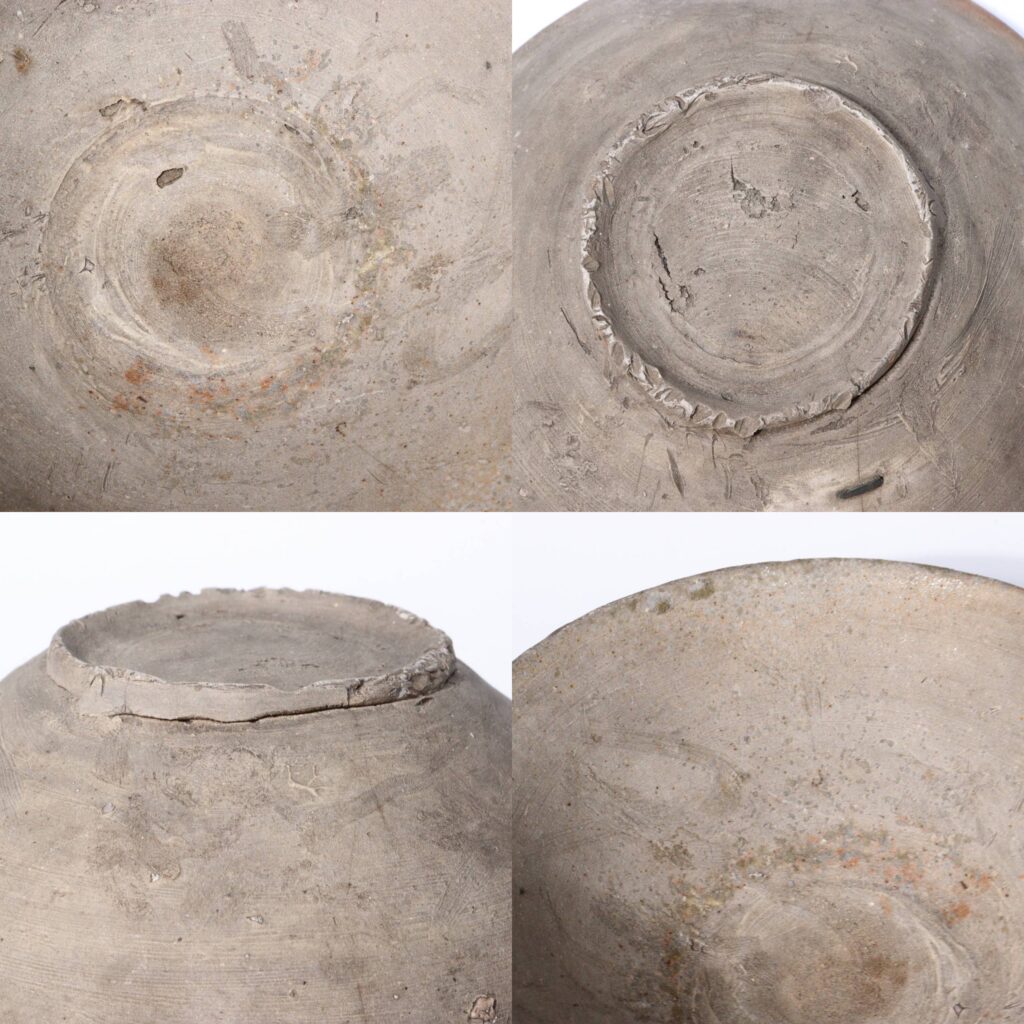
What Is Shirashi (White Porcelain) Mino Ware?
Shirashi, or white porcelain ware, refers to a high-fired ash-glazed ceramic developed in the Tokai region—primarily at the Sanage kilns—from the late Nara to Heian periods. This particular bowl, dating from the late Kamakura to early Muromachi period (14th century), reflects the regional Mino evolution of this tradition.
Its soft glaze and subtle white tone are characteristic of early Mino aesthetics, valued for their rustic yet spiritual simplicity, often associated with the wabi-sabi philosophy.
The Beauty of Kasugai Staple Repair – A Lost Technique
One of the most distinctive and rare features of this bowl is its Kasugai Naoshi (metal staple repair). This traditional method, practiced until the early 20th century, involved embedding tiny metal clasps to hold together broken pottery. It’s believed this repair was made in the early Showa era, shortly after the bowl’s excavation.
This kind of restoration is no longer practiced today, making such examples highly collectible and deeply expressive of the Japanese concept of mono no aware—the beauty found in impermanence and imperfection.
Historical Significance – Excavated from the Meiwa Kiln Site
This bowl was excavated from the Meiwa 1st kiln site in Tajimi City, a location known for its early Mino ware production. Artifacts from this region offer valuable insights into the shift from utilitarian wares to ceremonial and tea-related pottery in Japan’s medieval period.
A Unique Opportunity for Collectors of Japanese Antiques
Items like this—early Japanese Mino ware with visible historical repairs—rarely come to market. It appeals to:
- Collectors of Japanese ceramic history
- Scholars of Muromachi-era pottery
- Those who appreciate the philosophy of wabi-sabi and kintsugi
This particular item may have already sold, but you can explore similar pieces in our collection of Japanese antique ceramics here:
👉 https://koedo-sun-art.com/collections/japanese-antiques-ceramics